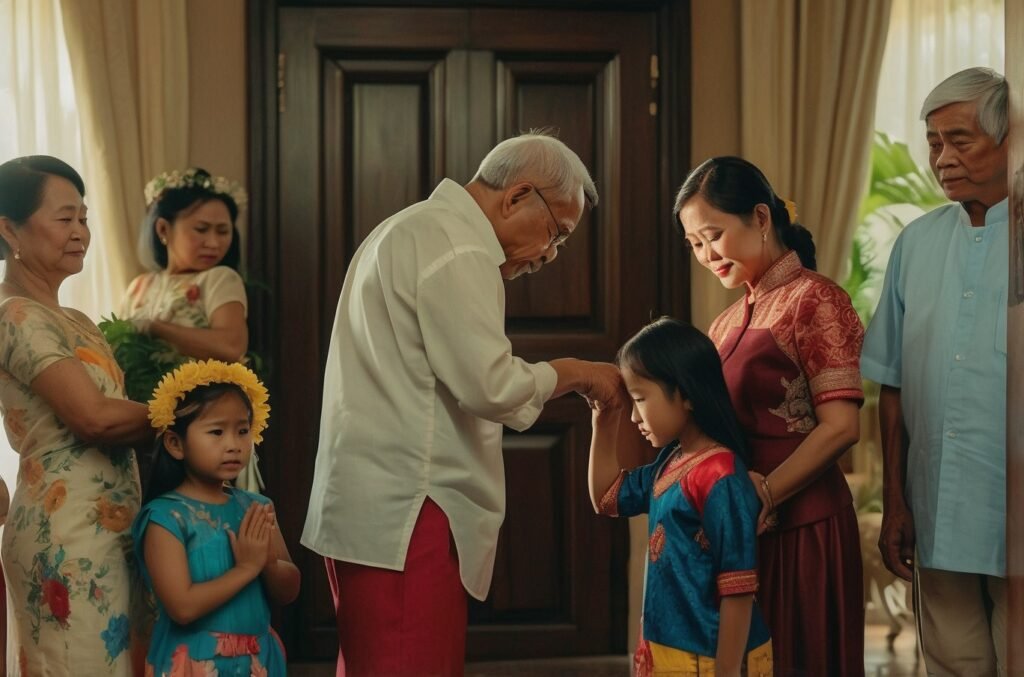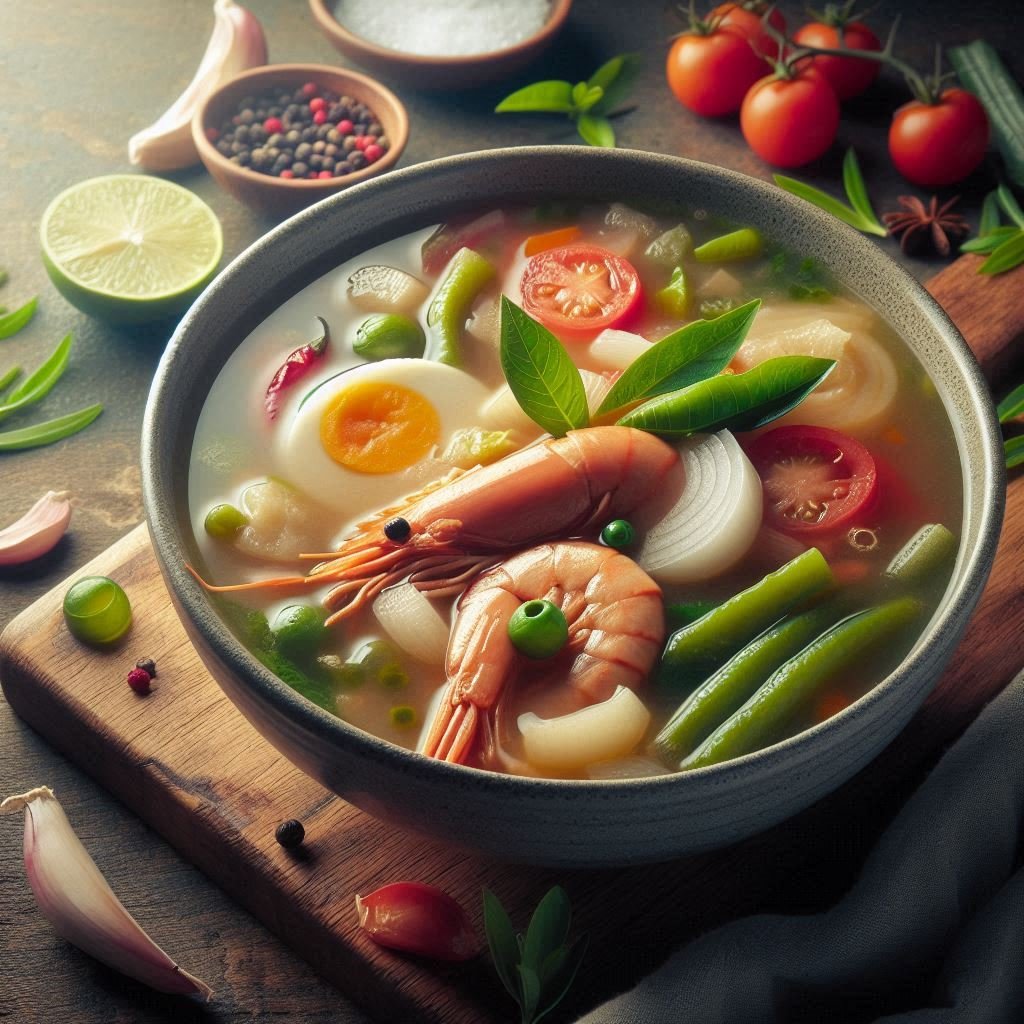Filipino weddings are vibrant celebrations that blend ancient cultural practices with modern sensibilities. These joyous occasions are deeply rooted in the country’s rich history, reflecting influences from indigenous traditions, Spanish colonization, and American cultural impact. This comprehensive exploration of Filipino wedding customs will delve into the various elements that make these celebrations unique and meaningful. From pre-wedding rituals to post-wedding traditions, we will examine the symbolism, significance, and evolution of Filipino nuptial practices. Understanding these customs provides insight into Filipino family values, social structures, and the enduring importance of community in Philippine society.
Historical Context of Filipino Wedding Traditions
The wedding customs observed in the Philippines today are a result of centuries of cultural evolution and foreign influences. Pre-colonial Filipino society had its own set of marriage rituals that varied among different ethnic groups. The arrival of Spanish colonizers in the 16th century brought Catholicism, which significantly impacted wedding practices. The subsequent American colonial period introduced further changes, leading to a blend of indigenous, Spanish, and American elements in modern Filipino weddings. This historical context is crucial for understanding the complexity and diversity of wedding traditions across the Philippine archipelago.
Pre-colonial Era
Before the arrival of foreign colonizers, indigenous Filipino communities had diverse marriage customs. These often involved complex negotiations between families, gift exchanges, and community-wide celebrations. Many of these practices, such as the concept of “pamanhikan” (formal proposal), have survived and been integrated into contemporary wedding traditions.
Spanish Colonial Influence
The Spanish colonial period, which lasted for over three centuries, introduced Catholicism and its associated wedding rituals to the Philippines. The concept of a church wedding became prevalent, and many Spanish customs were adopted and adapted by Filipinos. This period saw the introduction of elements like the wedding march, exchange of rings, and the use of a white wedding dress.
American Colonial Impact
The American colonial era brought further changes to Filipino wedding customs. Western-style formal wear became more common for both bride and groom. The concept of a wedding reception with a cake-cutting ceremony and first dance was also introduced during this period. These influences have been integrated into Filipino wedding traditions, creating a unique blend of Eastern and Western practices.
Pre-Wedding Traditions
Filipino weddings often involve a series of pre-wedding rituals that are essential to the overall celebration. These traditions serve to honor family ties, strengthen community bonds, and prepare the couple for their life together.
Pamanhikan (Formal Proposal)
The pamanhikan is a crucial pre-wedding tradition where the groom and his family formally ask for the bride’s hand in marriage. This event typically involves a gathering of both families, often over a meal, where the wedding plans are discussed. The pamanhikan serves as a way to show respect to the bride’s family and to ensure that both families are in agreement about the union.
Engagement Party
Following the pamanhikan, an engagement party is often held to announce the couple’s intention to marry to a wider circle of family and friends. This celebration can range from an intimate gathering to a large social event, depending on the families’ preferences and resources.
Despedida de Soltera
Similar to a bridal shower, the despedida de soltera is a party held for the bride-to-be. It serves as a farewell to her single life and is typically organized by her close friends and family members. This event often includes games, gift-giving, and advice for the bride as she prepares for married life.
Wedding Day Traditions
The wedding day itself is filled with numerous traditions and customs that make Filipino ceremonies unique. These practices often blend religious elements with cultural symbolism, creating a rich and meaningful experience for the couple and their guests.
Barong Tagalog and Wedding Dress
The traditional attire for Filipino weddings is deeply symbolic. The groom typically wears a Barong Tagalog, a formal embroidered shirt made from pineapple fiber or silk. The bride often wears a white wedding gown, which may be a modern design or a traditional Filipino dress called a “terno” or “María Clara” gown.
Ceremonial Objects
Several objects play important roles in the wedding ceremony:
| Object | Symbolism |
|---|---|
| Arrhae (13 coins) | Groom’s pledge to provide for the family |
| Wedding rings | Couple’s eternal love and fidelity |
| Veil | Unity of the couple |
| Cord | Binding of the couple’s bond |
| Candles | God’s presence in the union |
Ceremony Rituals
The wedding ceremony, often held in a Catholic church, includes several traditional elements:
- Canonical Wedding March: The entourage enters the church in a specific order, with the bride last.
- Exchange of Vows and Rings: The couple professes their love and commitment.
- Veil and Cord Ceremony: Sponsors drape a veil over the couple’s shoulders and place a cord in a figure-eight shape around them, symbolizing their unity.
- Lighting of the Unity Candle: The couple lights a single candle together, representing their new life as one.
- Coin Ceremony (Arrhae): The groom presents the bride with 13 coins, blessed by the priest, as a symbol of his commitment to provide for their family.
Reception Traditions
The wedding reception is a time of joyous celebration, featuring several unique Filipino customs that enhance the festive atmosphere.
Money Dance
The money dance, also known as the “pandango sa ilaw” or “dance of lights,” is a popular reception tradition. Guests pin money to the newlyweds’ clothing as they dance, symbolizing good fortune and helping the couple start their new life together.
Dove Release
Some couples choose to release doves during the reception, symbolizing peace, love, and harmony in their new life together. Typically, two doves are released by the couple, representing their journey as partners.
Bouquet and Garter Toss
Adopted from Western traditions, the bouquet and garter toss are common at Filipino wedding receptions. Single women gather to catch the bride’s bouquet, while single men try to catch the groom’s removed garter, with the belief that the catchers will be the next to marry.
Traditional Games
Filipino wedding receptions often include games that involve the newlyweds and guests. These games are meant to entertain and often carry symbolic meanings related to the couple’s future life together.
Regional Variations in Filipino Wedding Customs
The Philippines is a diverse country with numerous ethnic groups, each with its own unique wedding traditions. While many of the customs described above are widespread, there are significant regional variations worth noting.
Muslim Wedding Traditions
In the southern Philippines, where Islam is prevalent, wedding customs differ significantly from Catholic traditions. Muslim weddings, known as “nikah,” often involve:
- Extensive pre-wedding negotiations between families
- Payment of “mahr” (dowry) by the groom to the bride
- Separate celebrations for men and women
- Readings from the Quran during the ceremony
Indigenous Wedding Rituals
Various indigenous groups in the Philippines maintain their traditional wedding practices, often incorporating elements of nature and ancestral beliefs. For example:
- The T’boli people of South Cotabato have a tradition called “tudak,” where the couple drinks wine from the same cup to symbolize their union.
- The Ifugao people of the Cordillera region perform a ritual called “bultong,” a wrestling match between the families of the bride and groom, symbolizing the strength of their new familial bond.
Modern Trends in Filipino Weddings
While traditional customs remain important, Filipino weddings have evolved to reflect changing societal norms and global influences. Some modern trends include:
- Destination weddings
- Themed celebrations
- Incorporation of social media and technology
- Eco-friendly and sustainable wedding practices
- Fusion of traditional and contemporary elements
The following graph illustrates the popularity of these trends among Filipino couples:
Popularity of Modern Wedding Trends in the Philippines
Trend Popularity (%)
----------------------------------------|------------
Destination weddings |████████░░ 80%
Themed celebrations |███████░░░ 70%
Social media integration |██████████ 100%
Eco-friendly practices |████░░░░░░ 40%
Fusion of traditional & contemporary |█████████░ 90%
0% 10% 20% 30% 40% 50% 60% 70% 80% 90% 100%The Significance of Family and Community
One of the most striking aspects of Filipino weddings is the central role played by family and community. These celebrations are not just about the union of two individuals but the coming together of two families and their respective communities. This emphasis on collective participation is evident in several ways:
Extended Family Involvement
Filipino weddings often involve a large number of family members in various roles. The wedding party typically includes:
- Principal Sponsors (Ninong and Ninang): Respected elders who serve as mentors to the couple
- Secondary Sponsors: Younger relatives or friends who assist with specific ceremony rituals
- Flower Girls and Ring Bearers: Usually young relatives of the couple
Community Celebration
It’s not uncommon for Filipino weddings to be large affairs, with entire communities participating in the celebration. This inclusivity reflects the Filipino value of “bayanihan” or communal unity and cooperation. The community often contributes to the wedding in various ways, from helping with preparations to attending the ceremony and reception.
Familial Blessings
The blessing of elders is a crucial element in Filipino weddings. After the ceremony, it’s customary for the newlyweds to seek the blessing of their parents and grandparents by kissing their hands or touching their foreheads to the backs of the elders’ hands (called “mano”).
The Economic Impact of Filipino Weddings
Filipino weddings can be elaborate affairs that often require significant financial investment. The economic impact of these celebrations extends beyond the couple and their families to various sectors of the local economy.
Average Wedding Costs
The cost of a Filipino wedding can vary widely depending on factors such as location, number of guests, and chosen traditions. Here’s a breakdown of average costs for different wedding elements:
| Wedding Element | Average Cost (PHP) | Average Cost (USD) |
|---|---|---|
| Venue | 80,000 – 150,000 | $1,600 – $3,000 |
| Catering | 150,000 – 300,000 | $3,000 – $6,000 |
| Attire | 50,000 – 100,000 | $1,000 – $2,000 |
| Photography/Videography | 50,000 – 100,000 | $1,000 – $2,000 |
| Decorations | 30,000 – 60,000 | $600 – $1,200 |
| Entertainment | 20,000 – 40,000 | $400 – $800 |
Note: These figures are estimates and can vary significantly based on individual preferences and circumstances.
Economic Benefits
The wedding industry contributes significantly to the Philippine economy, supporting various sectors:
- Hospitality and Tourism: Destination weddings and out-of-town guests boost local tourism.
- Fashion and Beauty: Demand for wedding attire, accessories, and beauty services creates jobs and drives innovation in these industries.
- Event Planning and Coordination: The complexity of Filipino weddings has led to a thriving wedding planning industry.
- Food and Beverage: Catering services and local food producers benefit from large wedding receptions.
- Creative Industries: Photographers, videographers, and artists find ample opportunities in wedding-related work.
Challenges and Evolving Traditions
While Filipino wedding traditions remain strong, they face several challenges in the modern era. Urbanization, globalization, and changing social norms have led to shifts in how these customs are practiced and perceived.
Balancing Tradition and Modernity
Many Filipino couples struggle to balance traditional expectations with their own preferences and modern lifestyles. This can lead to compromises in various aspects of the wedding, from the choice of attire to the selection of rituals to include in the ceremony.
Financial Considerations
The high cost of traditional Filipino weddings can be a significant burden for many couples. This has led to trends such as:
- Smaller, more intimate ceremonies
- DIY (Do-It-Yourself) wedding elements
- Crowdfunding or “community-funded” weddings
Changing Family Dynamics
As family structures evolve and more Filipinos live and work abroad, traditional roles in wedding preparations and ceremonies are being redefined. Technology has enabled virtual participation in weddings, allowing family members who can’t be physically present to still be part of the celebration.
Environmental Concerns
There’s a growing awareness of the environmental impact of large weddings. This has led to an increase in eco-friendly wedding practices, such as:
- Using digital invitations instead of paper
- Choosing sustainable or reusable decorations
- Opting for locally sourced, seasonal foods for the reception
Conclusion
Filipino wedding traditions and customs offer a fascinating glimpse into the country’s rich cultural heritage. These celebrations beautifully blend ancient practices with modern sensibilities, reflecting the evolving nature of Filipino society. The emphasis on family, community, and spirituality remains at the heart of these joyous occasions, even as couples navigate the challenges of contemporary life and changing social norms.
As Filipino weddings continue to evolve, they maintain their essence as profound expressions of love, commitment, and cultural identity. Whether adhering strictly to tradition or embracing modern trends, these celebrations serve as important markers of Filipino culture, bringing together families and communities in unforgettable moments of joy and unity.
Understanding and appreciating the depth and significance of Filipino wedding customs not only enriches our knowledge of Philippine culture but also highlights the universal themes of love, family, and community that resonate across all cultures. As the Philippines continues to engage with the global community, its wedding traditions stand as a testament to the enduring strength of its cultural heritage and the adaptability of its people.
Disclaimer: This article aims to provide a general overview of Filipino wedding traditions and customs. Practices may vary significantly based on region, religion, and individual family preferences. While every effort has been made to ensure accuracy, cultural practices are diverse and evolving. We encourage readers to respect and celebrate this diversity. If you notice any inaccuracies or have additional insights to share, please contact us so we can update our information promptly.




